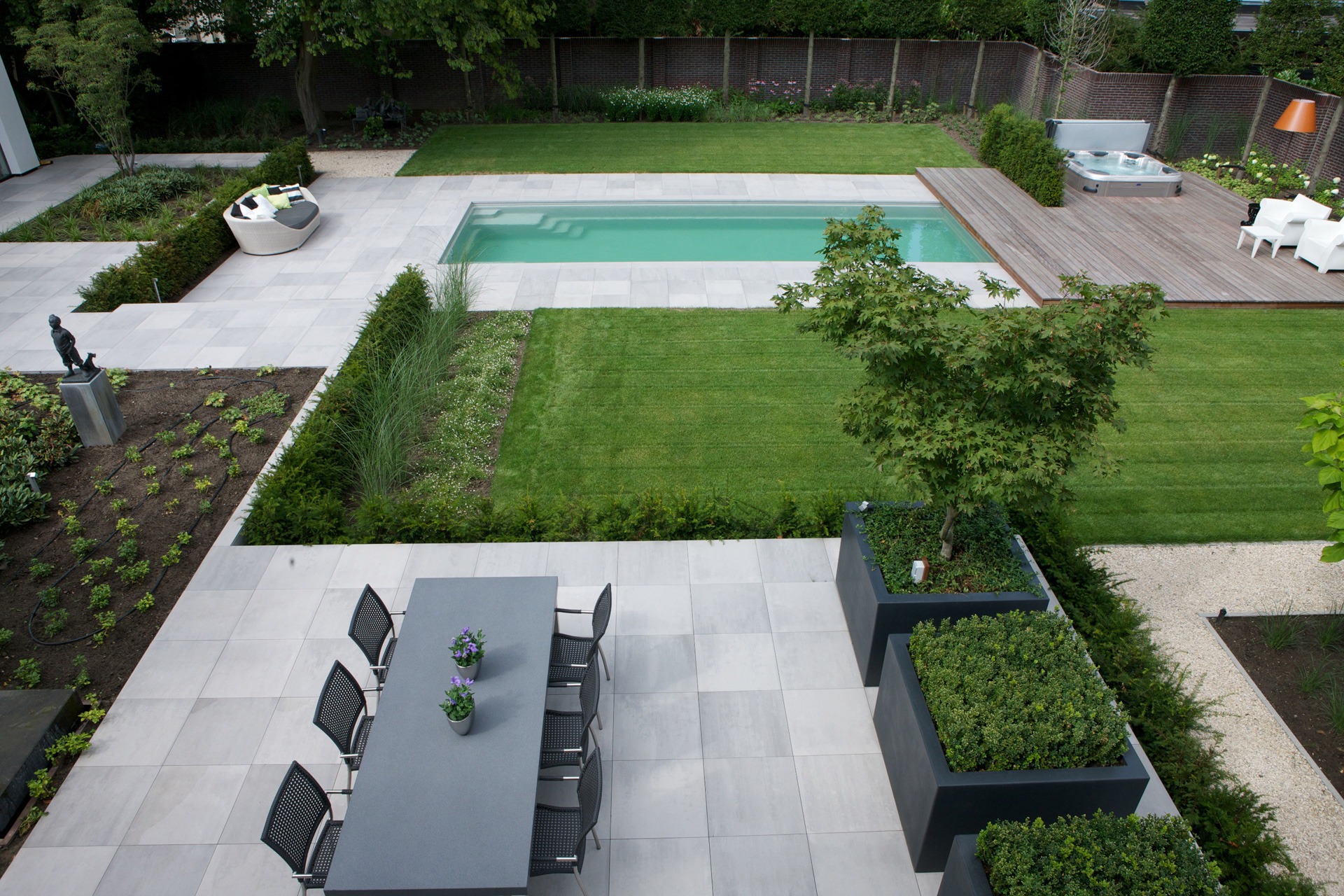Mosa Tile Reveals Three-Pillar Sustainability Strategy

Dutch tile manufacturer Mosa sets the bar high when it comes to sustainability. The world’s first and only ceramic tile company to gain full Cradle to Cradle® Silver certification, Mosa has adopted a cohesive strategy to honor its environmental commitment. Three pillars—sustainable design, responsible production, and healthy people—underpin all levels of the company’s operations.
Sustainability informs Mosa’s manufacturing process, extending beyond what’s mandated by environmental legislation. Locally sourced raw materials composed of clay and sand form the basis of the tiles, which emit no harmful substances through pigments or glazes. Mosa then grinds production waste for reuse as raw materials and actively sources secondary materials, resulting product that contains at least 21% pre-consumer recycled content.

This may sound energy-intensive, but Mosa relies heavily on green power and stays at the forefront of responsible production methods—a commitment that demands continuous innovation. While Mosa uses natural gas for thermal processes (crucial to achieve material transformation in tile production), this energy expenditure is offset by the tile’s relatively long lifespan of 50 years. All other processes use certified renewable energy generated by hydroelectric power. By implementing sustainable production methods, Mosa has reduced carbon emissions by 48% and particulate emissions by a staggering 91% in the last 12-15 years.

Mosa’s three-pillar strategy reinforces the company’s longstanding vision: that in the future, construction will contain only sustainable, responsibly-designed materials. While this goal requires an innovative approach by manufacturers, architects, and builders alike, Mosa is setting an example with its green production methods, Cradle to Cradle® Silver certification, and contribution to sustainable building certifications such as LEED.

Learn more about Mosa’s sustainability strategy.


